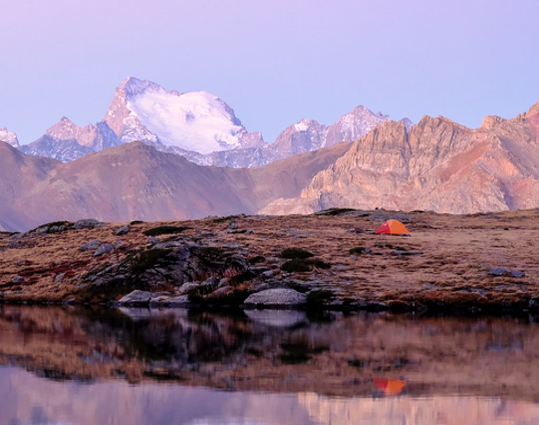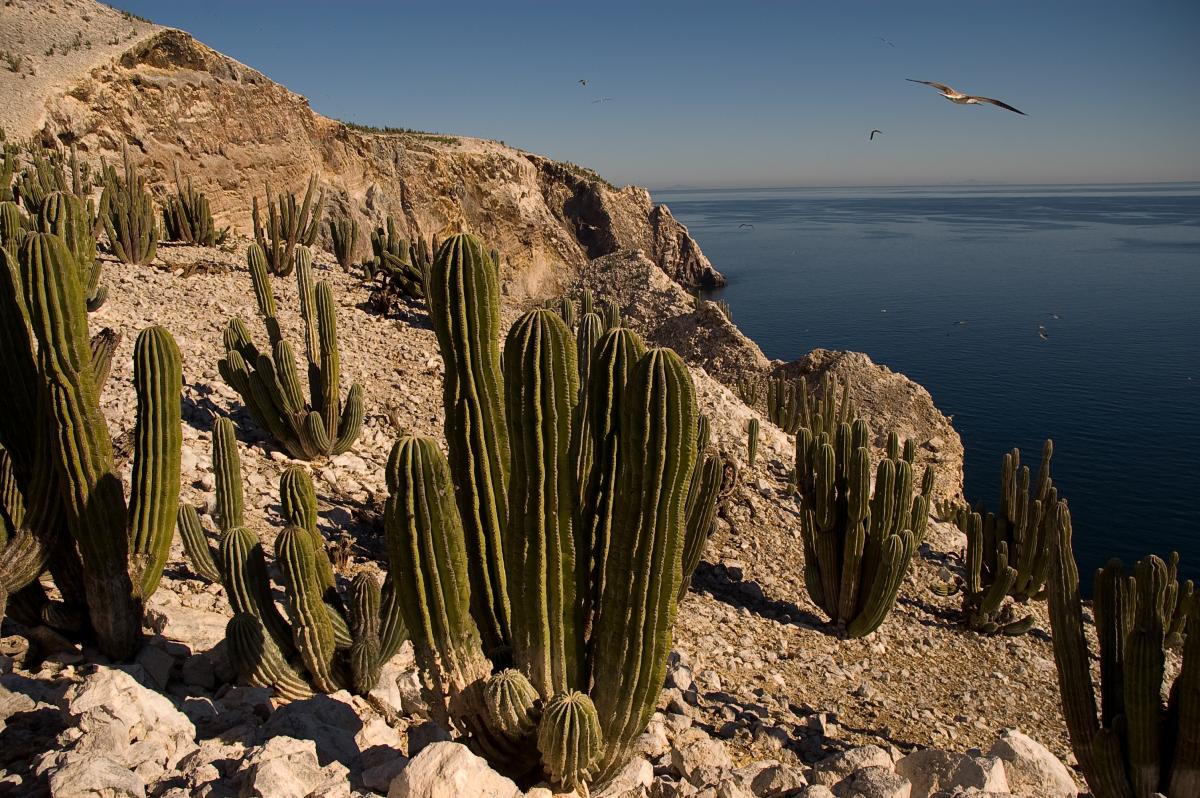IUCN lists 6 more new sites as world’s best protected areas
The International Union for Conservation of Nature (IUCN) has admitted six new natural sites to the IUCN Green List of Protected and Conserved Areas – the first global standard recognising best practice in protected areas. Sites in France and Mexico received the certification at a meeting of the IUCN Green List Committee, bringing the total number of sites on the IUCN Green List to 46.
Launched in 2014, the IUCN Green List measures the effectiveness of protected areas, rewards the best sites and provides an incentive for sites around the world to improve their management. Green listed sites are certified as being effectively managed and fairly governed, with a positive impact on people and nature.
The IUCN Green List also helps measure and accelerate progress towards Aichi Target 11, a UN biodiversity target which aims for 17% of terrestrial and 10% of marine areas to be protected, effectively conserved and fairly managed by 2020. While the world is on track to meet the coverage aspect of Target 11, the ‘effectiveness’ aspect is still far from being reached. Sites on the IUCN Green List have demonstrated excellence based on a rigorous assessment of 17 criteria of success in four areas: governance, management, design and planning, and conservation outcomes.
In Mexico's Isla San Pedro Mártir Biosphere Reserve (part of a UNESCO World Heritage listing), the island is home to the world´s largest nesting colonies of blue-footed boobies (Sula nebouxii) and brown boobies (S. leucogaster). It also houses the fourth most important breeding colony of sea lions (Zalophus californianus) in the Gulf of California. Such successful conservation outcomes have been supported by inclusive governance approaches through a conservation program for sustainable development. Currently, local fishers are aware of the conservation benefits from this marine protected area, indicating that many fish species are much more abundant now than 20 years ago.
France is the country with most sites on the IUCN Green List, from small areas to vast marine reserves. Amongst the 5 sites achieving IUCN Green List status, there are 2 large sites - 1 national park (Ecrins National Park) and 1 marine natural park (Iroise). Écrins National Park covers a large central mountainous area ranging in altitude from 800 to 4,102 metres, with successful conservation outcomes for a rich diversity of flora and fauna including Chamois, Ibex, Golden Eagles, Foxes, and plants like Edelweiss, Blue Thistle, Genépi and Gentian. Initiated by mountaineers, naturalists and forest workers, the first steps of its creation go back to 1913, with its charter co-written with local stakeholders, and welcoming visitors, mountaineers, and educational initiatives.
The Iroise Marine Natural Park is a large marine and coastal area hosting rich biodiversity (many species of algae, fish, marine and coastal birds and mammals) and cultural heritage of majestic offshore lighthouses and supporting traditional fishing activities. The other 3 sites include smaller and more managed sites (IUCN Management Category IV (Habitat/Species Management Area) that are part of Europe’s Natura 2000 Network and are successfully conserving rare and threatened species, including mosses!
Since its launch, the number of countries committing to the IUCN Green List has grown fourfold – from eight to 35+. Some 300 candidate sites have now volunteered to commit to achieving its standard. The process of certification is voluntary and can take between six months and five years, during which time the sites work towards clear objectives and targets.
Countries, including Australia, Cote D’Ivoire, China, Kenya, Malaysia, Madagascar, as well as the US State of California, have committed to nominating more sites to the IUCN Green List in the near future.
“Candidate sites benefit from the IUCN Green List Standard and top advice from IUCN’s wide network of experts, which helps build the skills of conservation managers and focus investments towards real progress,” said Trevor Sandwith, Director of IUCN’s Global Protected Areas Programme. “We look forward to working with more sites in more countries and the IUCN Green List is well on its way to becoming a truly global movement that sets the bar for achieving the potential of protected and conserved areas everywhere.”
More information about the IUCN Green List: www.iucn.org/greenlist





